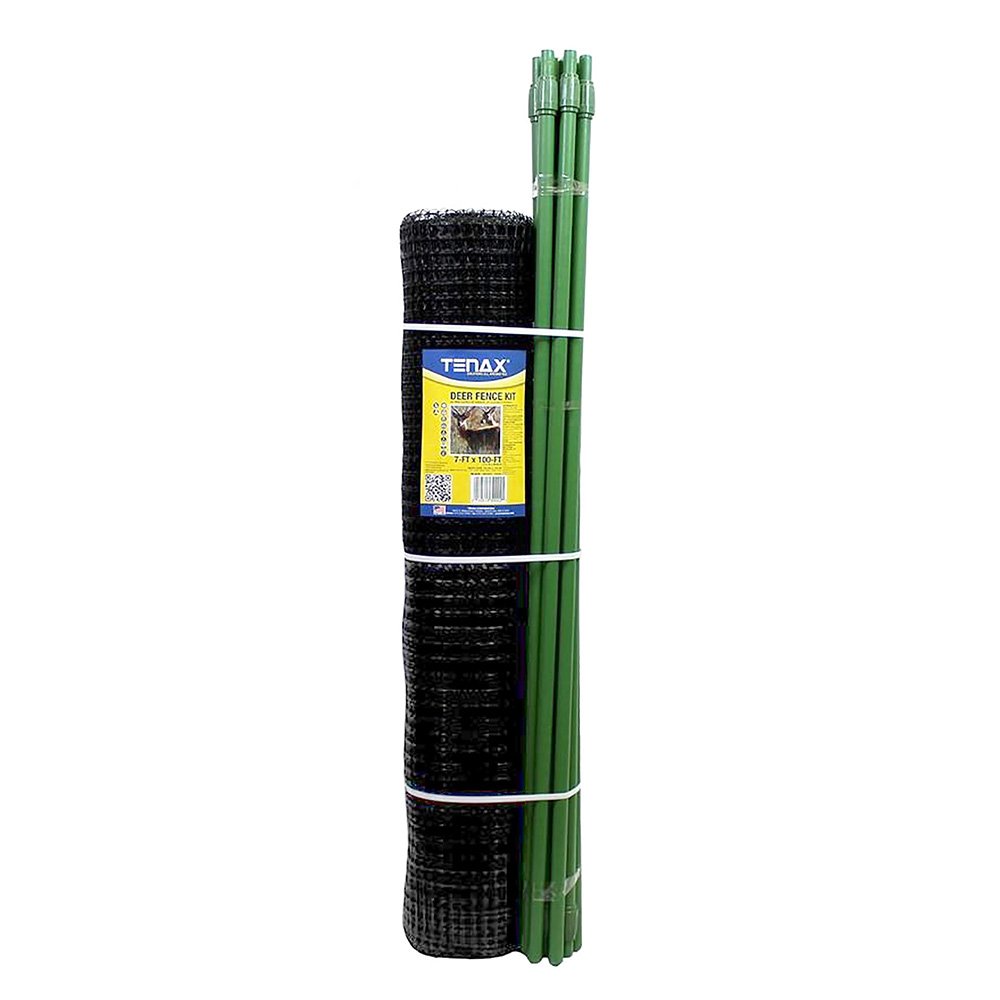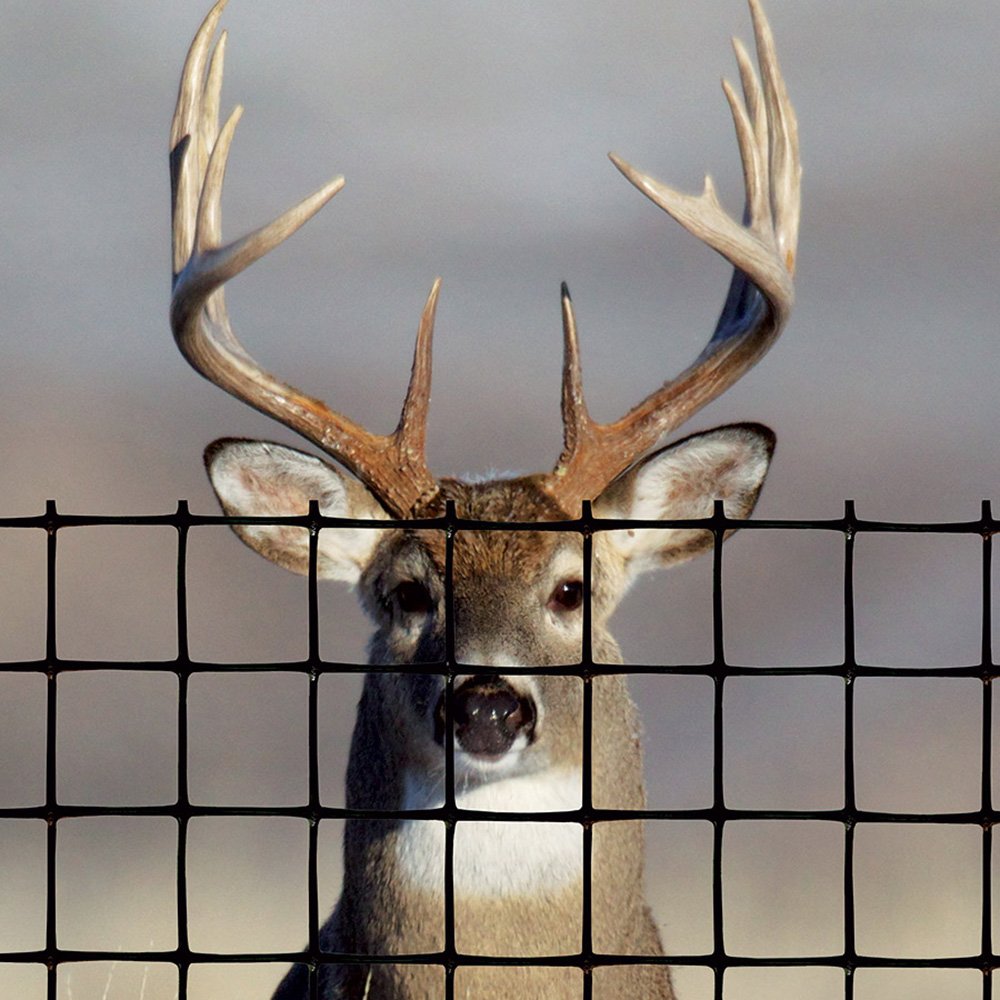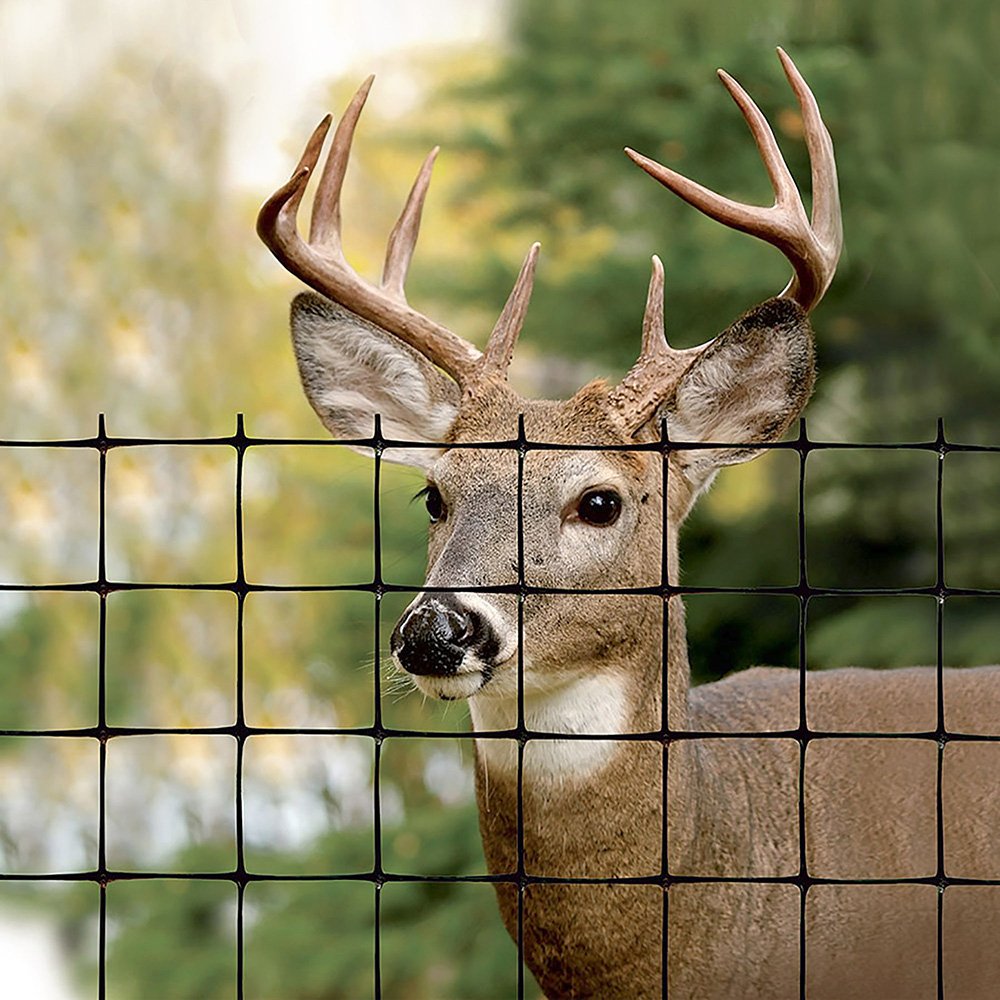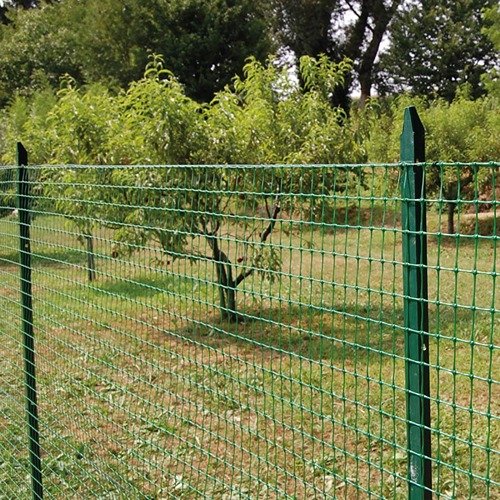What Are The Plastic Fence Requirements For Construction Jobsites?
On any type of construction site or dangerous work area, it’s important to have clear boundaries to deter pedestrians from crossing into an active work area or the surrounding space. Depending on the size and nature of the construction project, fencing may be required by law with specific requirements for the type and size of fence. Plastic safety fence is a solution that is able to meet the necessary standards to promote safety and visibility.
Fence Requirements for Construction Sites
Construction site fence requirements will vary based on the type of project at hand. Typically, residential construction will have fewer requirements when compared to commercial. It’s common for residential projects to require a fence with a minimum height of four feet, but almost any type of fence is permitted to be used, including plastic fence. The minimum height standard is put into place as a way to establish a safe perimeter in order to keep pedestrians out of the working area.
Commercial construction sites are subject to stricter requirements. The same four foot minimum is required for fence height, but these larger projects also need to utilize stronger fence materials. Steel chain link fence is commonly used for commercial construction as it can withstand higher levels of stress and is a lot more durable compared to other materials such as plastic. Safety standards and requirements for commercial construction differ from state to state, so make sure you always check local ordinances before starting any project.
Common Uses of Plastic Fence for Construction Sites
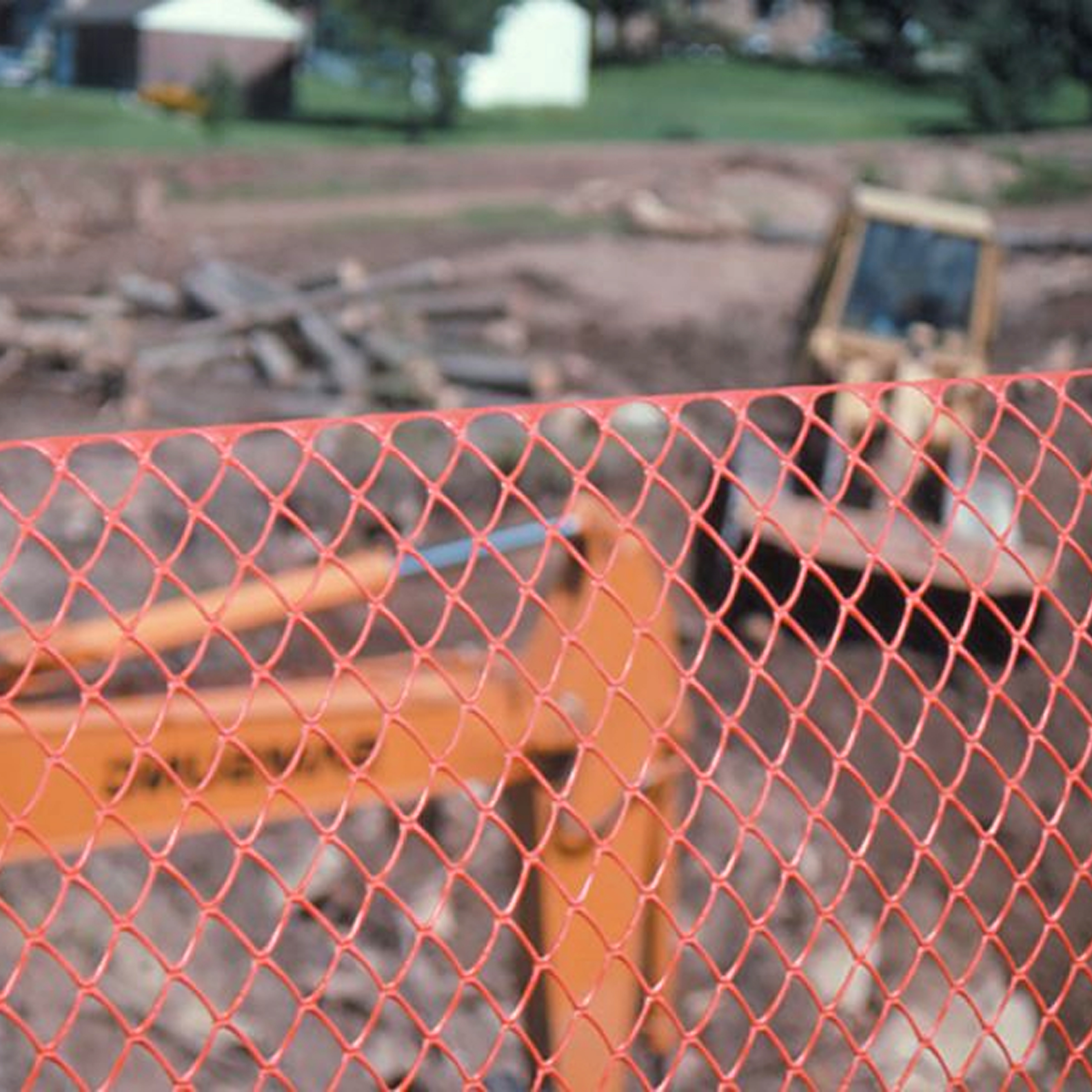
Construction Safety
Plastic fence can create a visual barrier to discourage unwanted entry for construction areas that can be hazardous if the wrong personnel were to enter. This visual barrier defines the site perimeter and helps keep bystanders away from moving equipment, falling objects, wet concrete, or any other potential danger. Plastic fence can also be useful for the crew to mark drop-zones so workers know to steer clear of overhead activity.
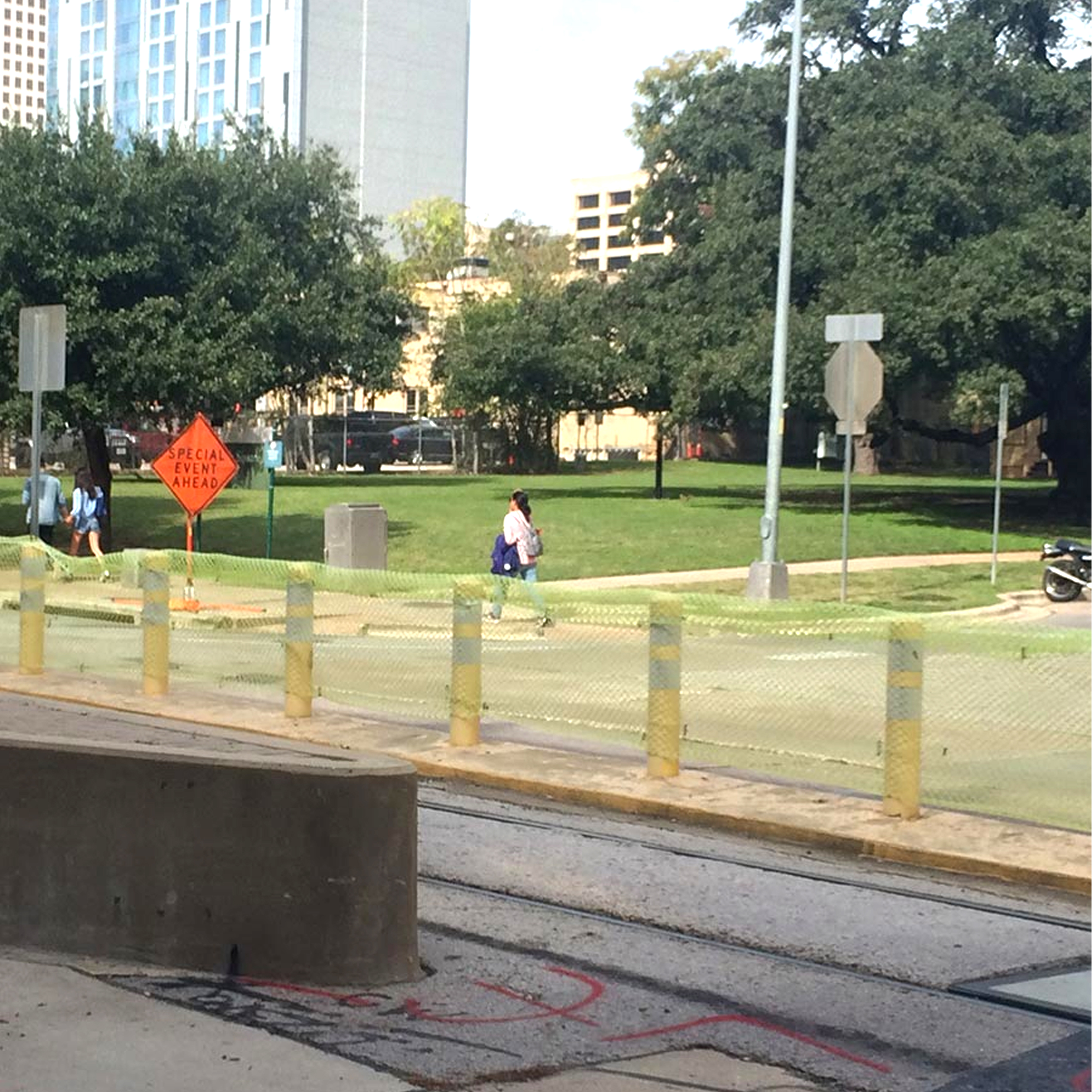
Walkway Safety In Cities Under Construction
In cities with a lot of foot-traffic, creating pathways is crucial for construction activity that takes place on the sidewalk or street. It’s important to create clear walkways for people,so they are not met with trip hazards or vehicle-related accidents. Plastic fence works as a great solution for creating that visual pathway. Depending on the nature of the construction, plastic fence can be used with cones or barricades to keep pedestrians on the right path.
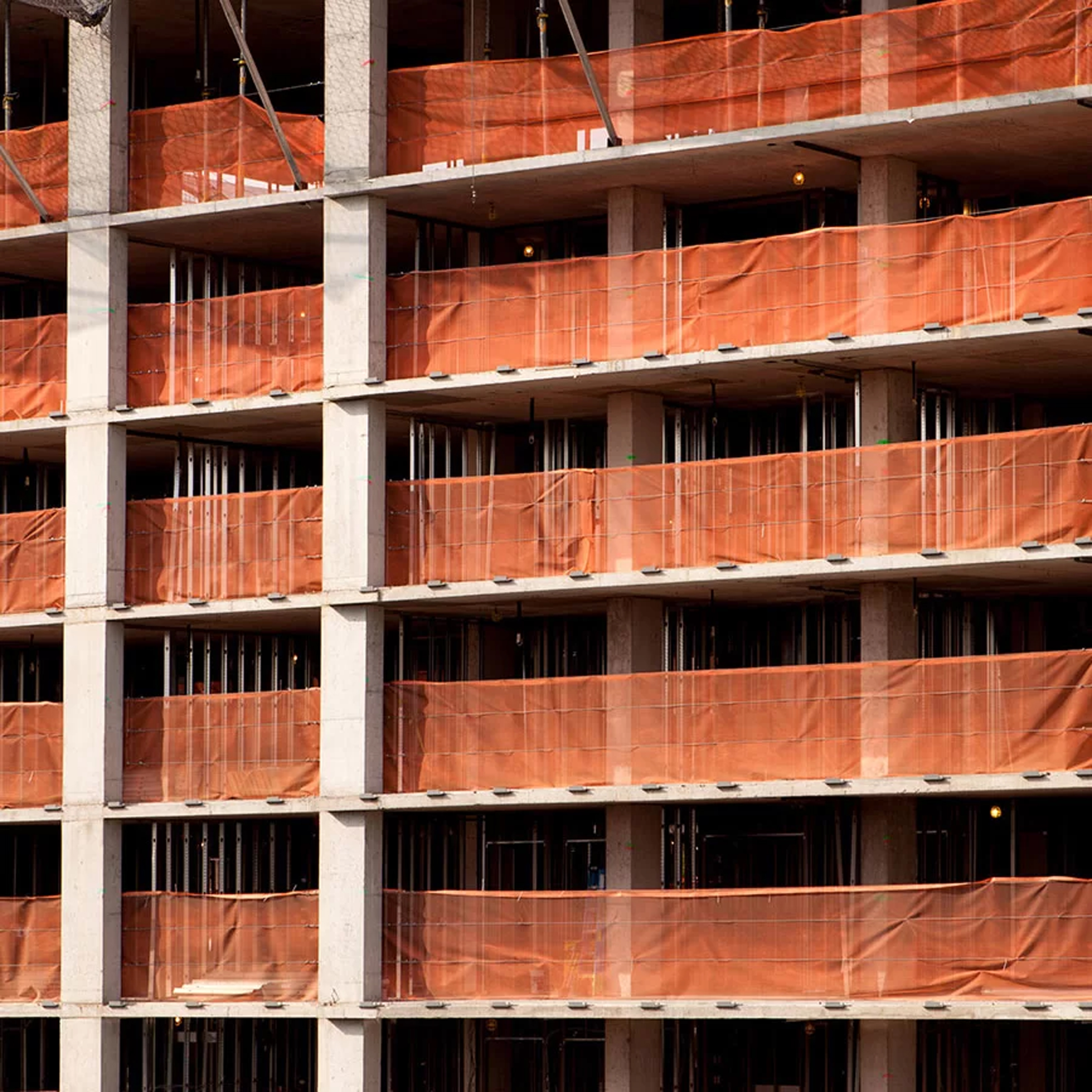
Skyrise and Elevated Work
With construction that is done on multi-story buildings, the risk of fall-related injury is heightened. Installing a brightly colored plastic fence along shaft openings can heavily reduce the risk of injury or death. The color contrast helps crew workers recognize the boundaries quickly and easily. However, it’s important to note that plastic fence should NOT be treated as fall protection. The primary use in this case is a visual deterrent.
Benefits of Plastic Safety Fence
- Color and visibility: Plastic safety fence is typically manufactured with bright colors that can be seen easily in a construction environment such as orange or green.
- Simpler installation: While chain link or other heavy-duty fencing requires intensive installation, plastic fence rolls out quickly and only requires basic hand tools to set up. Sections can be cut and tied easily to posts and can also be repositioned at any time.
- More cost effective: Plastic fence and the labor for installing it is generally a lot lower than other fencing solutions. It can also be reused for multiple projects as long as the mesh remains in good condition.
Requirements for Plastic Fence
Proper Installation and Anchorage
Plastic fence must be properly installed for the barrier to work as a proper safety boundary. Always ensure that the posts or stakes are driven deep enough into the ground, so the fence does not lean or collapse, especially in windy environments. A common mistake that is made when using plastic fence is making the fence sections too long, resulting in a lack of support for the mesh. Be sure to include enough support posts along the fence line to prevent sagging. It’s also important to keep in mind that corners and gates are common weak points, so reinforcing them is necessary for adequate stability. Additionally, when installing the safety fence, the bottom of the mesh should be close enough to the ground to maintain the four foot minimum while also closing the gap between the ground and the fence.
Visibility Throughout the Project
Having strong visibility is important to ensure the boundary is clear and direct. Consider the visual background of the setting where the construction is taking place. Ask yourself, “what color will stand out against this environment?” More commonly, a vibrant orange is going to be an ideal color for your plastic safety fence as it stands out against common construction backgrounds like concrete, steel, or soil. Going back to proper installation, if sections are sagging or installed too close to the ground, it is going to negatively impact the sightline of the boundary. Without proper visibility, the fence will lose its effectiveness as a safety measure.
Weather Durability
It’s crucial to make sure your safety fence is resistant to strong weather conditions since its sole purpose is to exist outdoors. The sun, wind, and rain can quickly weaken a fence if the material it’s made from is not built for the outdoors. If a safety fence is impacted by the weather in the middle of a project, it poses the risk of allowing unwanted entry into construction zones which can cause liability issues. Always ensure your plastic safety mesh is made to withstand strong weather, but if it’s being used in an area where winds or storms are especially prominent, you may need to think about reinforcing the fence line with a stronger support system.
Utilizing plastic mesh as a safety fence can be an excellent solution for creating boundaries and barriers around construction projects. As long as the local ordinances are followed and the fence is properly installed and maintained, plastic fence will work as a temporary solution for detouring people away from potentially dangerous work zones. If you have any questions about selecting a plastic fence for your project, please reach out to our expert sales team!
Contact Us
